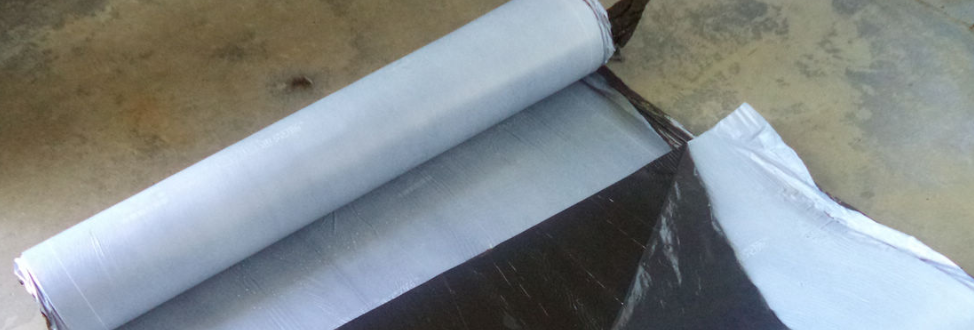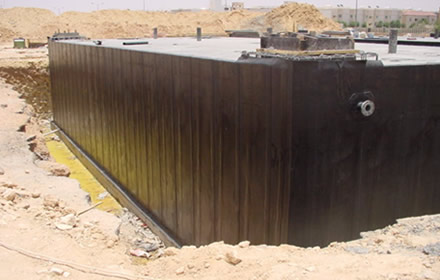| Description |
| These are self adhering cold applied bituminous vapor and water proof sheet mambranes, produced with different types of carriers such as nonwoven polyester or glass fiber. The layer of bitumen are uniquely fromulated elastomeric bitumen compound which provide high adhesive properties and are suitable for high or low temperature applications. |
|
| Features. |
” Cold applied, no heating required
” Self Adhesive, no gas troch required
” Fire hazard eliminated during application
” Remarkable resistance to aggressive attack of salts and chemicals
” Excellent puncture resistance. |
|
| Functions |
| used for vertical and horizontal tanking in two layers and for dampproofing. Also used for pipe wrapping. Aluminum surfaced membranes are used as solar protection for pipe wrapping. |
|
| INSTRUCTIONS FOR APPLICATION. |
| These membranes can be installed by peeling off the release paper and unrolling the membrane. The membrane, particularly at the overlaps, should be firmly pressed down using a rubber hand roller to ensure proper sealing. Prior to installation, the substrate should be cleand and primed with AWAZEL PRIMER D41 and allowed to dry. |
|
|
|
|
|
|
Coverage |
|
1.12m per layer |
|
|
|
Health & safety |
|
All safety measures should be observed during application. |
|
|
|
Precautions |
|
No special precautions are needed. |
|
|
|
Packing |
|
Produced in rolling of 1x 20 meters, special lengths are available upon request. Rolls are palletized and shrink-wrapped. |
|
|
|
Surfacing |
|
The membranes are covered with different types of surfacing materials on the top side such as PE film, PP film, Polymeric film, HDPE film and Aluminum foil. The bottom side is covered with a peel-off siliconized realease paper. |
|
|
|
Storage & Material Handling |
|
Rolling should always be stored vertically in a shaded area. Normally, pallets should not be stacked one over the other. However, if a wooden board is used in between, 2 pallets may be stacked one over the other. |
|



